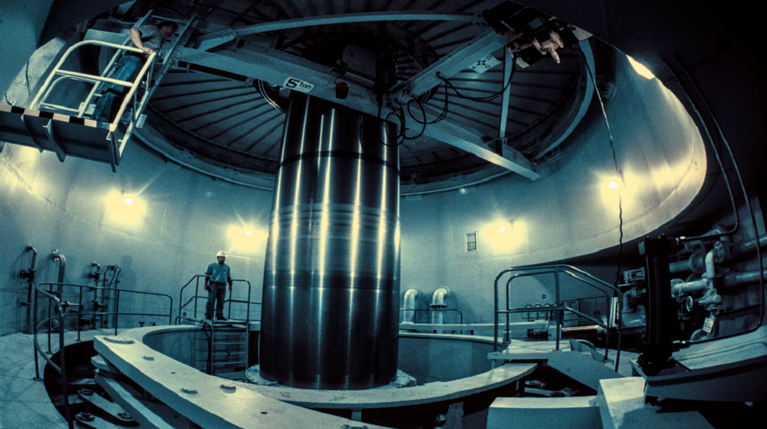
In a groundbreaking development, scientists at the Lawrence Livermore National Laboratory (LLNL) in California have introduced an innovative tool for simulating the use of nuclear devices to alter the trajectory of potentially catastrophic asteroids, averting collisions with Earth.
The latest study, featured in the Planetary Science Journal, presents a creative method for modeling the energy dispersion resulting from a nuclear device deployed on an asteroid’s surface. LLNL researchers achieved a remarkable milestone, initiating a fusion reaction that produced more energy than it consumed, a phenomenon known as “ignition.”
The researchers aim to leverage insights gained from NASA’s Double Asteroid Redirection Test (DART) mission, conducted in September 2022, where a spacecraft was deliberately crashed into an asteroid to modify its course. Given the constraints on lifting mass into space, scientists are actively exploring nuclear deflection as a pragmatic alternative to kinetic impact missions.
Megan Brook Sial, a physicist at LLNL, emphasized, “While the likelihood of a significant asteroid impact during our lifetimes is low, the potential consequences could be devastating.” Due to the superior energy density per unit mass of nuclear devices, including LLNL’s successful technology, scientists argue that nuclear deflection is invaluable for mitigating asteroid threats.
The research team stressed, “In the event of a genuine planetary defense emergency, decisions regarding reconnaissance and/or mitigation missions must be informed by the latest modeling and simulation capabilities.” Such simulations would also need to operate at extremely high speeds to rapidly formulate effective countermeasures.
Physicist Mary Burke from LLNL explained, “If we have sufficient warning time, we might launch a nuclear device, sending it millions of miles to an asteroid heading towards Earth. We would then detonate the device, either leading to neutralizing the asteroid and keeping it intact but with a controlled push away from Earth, or we could shatter the asteroid, breaking it into fast-moving fragments that would not impact the planet.”
Scientists suggest that predicting the effectiveness of asteroid deflection through nuclear detonations requires sophisticated simulation processes involving various physics theories. The team noted, “The relevant physics in these simulation operations span several levels in terms of size and require a variety of different, complex physics packages. Additionally, they are computationally expensive.”
The scientists further pointed out that the new model developed by LLNL covers a broad range of physical factors, making the simulation complex and computationally demanding. This comprehensive approach makes the model applicable to a wide range of potential asteroid scenarios in the event of a genuine emergency.
Leave a Reply